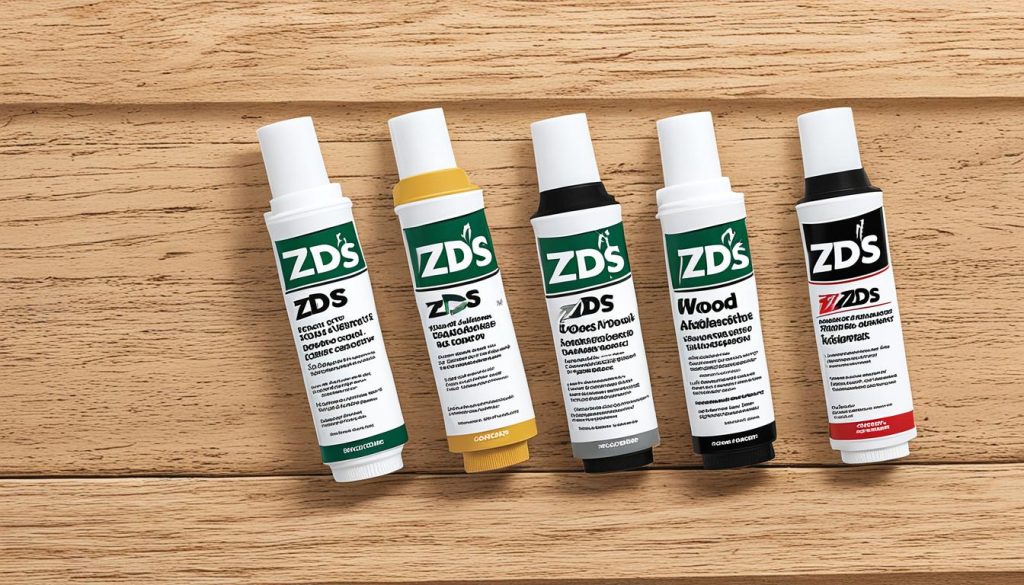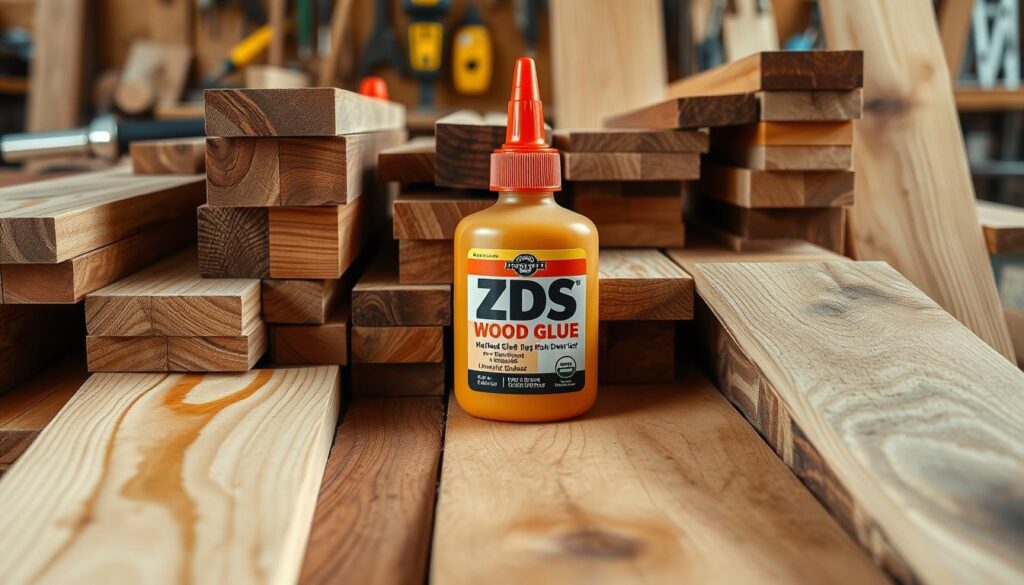When it comes to woodworking, crafting, or home repairs, finding the best wood glue is essential. A high-quality adhesive ensures durability, precision, and lasting bonds, making it an indispensable tool in your workshop. Whether you’re a professional carpenter or a DIY enthusiast, understanding the nuances of wood glues can elevate your projects to the next level.
This comprehensive guide explores the top wood glue options, their features, applications, and how to choose the right one for your specific needs.

What Makes the Best Wood Glue Essential?
Wood glue acts as the backbone of many woodworking projects, binding pieces together securely. Its strength, versatility, and application ease make it a go-to solution for various tasks, including furniture assembly, craft projects, and structural repairs. Choosing the right glue ensures seamless joints and long-lasting results.
Types of Wood Glues Explained
PVA Wood Glue
Polyvinyl acetate (PVA) glue is one of the most popular types due to its ease of use and strong bonding capabilities. Suitable for indoor projects, it’s widely used for furniture assembly and crafting.
Polyurethane Glue
Known for its waterproof properties, polyurethane glue is perfect for outdoor projects. It expands as it cures, filling gaps and creating a strong bond.
Epoxy Adhesives
Epoxy is ideal for heavy-duty projects. Its two-part formula provides exceptional strength and durability, making it suitable for load-bearing joints.
Hide Glue
Traditional hide glue offers a natural adhesive solution, commonly used in antique furniture repair and musical instrument crafting.
Cyanoacrylate (CA) Glue
Also known as super glue, CA glue is excellent for quick fixes and small repairs. It bonds instantly and is ideal for delicate woodworking.
Top Features to Look for in the Best Wood Glue
- Bond Strength: Ensure the glue can handle the weight and stress of your project.
- Drying Time: Faster drying times can speed up your workflow, but some projects may benefit from slower curing adhesives.
- Water Resistance: For outdoor or high-moisture areas, choose waterproof or water-resistant glues.
- Ease of Application: Look for adhesives with easy-to-use dispensers and minimal mess.
- Flexibility: Some projects require a degree of flexibility in the bond, especially for materials subject to movement.
Best Wood Glue Options on the Market

Titebond III Ultimate Wood Glue
Titebond III is a favorite among professionals for its superior strength, waterproof properties, and FDA-approved food safety. Ideal for both indoor and outdoor projects, it offers a strong initial tack and minimal clamping time.
Gorilla Wood Glue
Renowned for its strength and versatility, Gorilla Wood Glue is PVA-based and offers exceptional durability. Its water-resistance rating makes it suitable for indoor and outdoor use.
Elmer’s Carpenter’s Wood Glue
A classic choice for hobbyists and professionals alike, Elmer’s Carpenter’s Wood Glue dries quickly and creates a strong bond. Its non-toxic formula makes it safe for use in household projects.
Dap Weldwood Plastic Resin Glue
For serious woodworking, Dap Weldwood is a powder-form adhesive that delivers incredible strength. It’s excellent for veneering and laminating applications.
Loctite Epoxy Instant Mix
This two-part epoxy glue offers industrial-grade strength and is perfect for repairing furniture, filling gaps, and bonding heavy materials.
How to Use Wood Glue Effectively

- Prepare the Surface: Ensure the wood surfaces are clean, dry, and free of dust or grease.
- Apply Evenly: Use a brush or applicator for an even layer of glue. Avoid over-application to prevent excess squeeze-out.
- Clamp Securely: Proper clamping ensures a tight bond while the glue cures. Follow the recommended clamping time for the product.
- Allow Full Cure: Even if the glue appears dry, allow the recommended curing time for maximum strength.
Common Mistakes to Avoid When Using Wood Glue
- Skipping Surface Preparation: Dirt and debris can weaken the bond.
- Overusing Glue: Excess glue can lead to mess and weaker joints due to improper curing.
- Ignoring Temperature and Humidity: Adhesives perform best in controlled environments.
FAQs
What is the strongest wood glue?
Epoxy adhesives are considered the strongest for heavy-duty woodworking projects, while Titebond III is highly reliable for general use.
Can wood glue be used outdoors?
Yes, certain wood glues, such as Titebond III and polyurethane glue, are waterproof and suitable for outdoor projects.
Is wood glue stronger than screws?
While screws provide mechanical strength, wood glue creates a stronger bond over a larger surface area, often making joints more durable.
How long does wood glue take to dry?
Drying times vary, but most PVA glues require 30 minutes of clamping time and 24 hours to cure fully.
What is the best wood glue for beginners?
Elmer’s Carpenter’s Wood Glue is a beginner-friendly option due to its ease of use and strong results.
Can wood glue be sanded?
Yes, most wood glues can be sanded once fully dried, allowing for smooth, seamless finishes.
Conclusion
Selecting the best wood glue can significantly impact the quality and longevity of your woodworking projects. Whether you prioritize strength, drying time, or water resistance, there’s a glue suited to your needs. By understanding the types and proper application of adhesives, you’ll achieve professional results every time.











